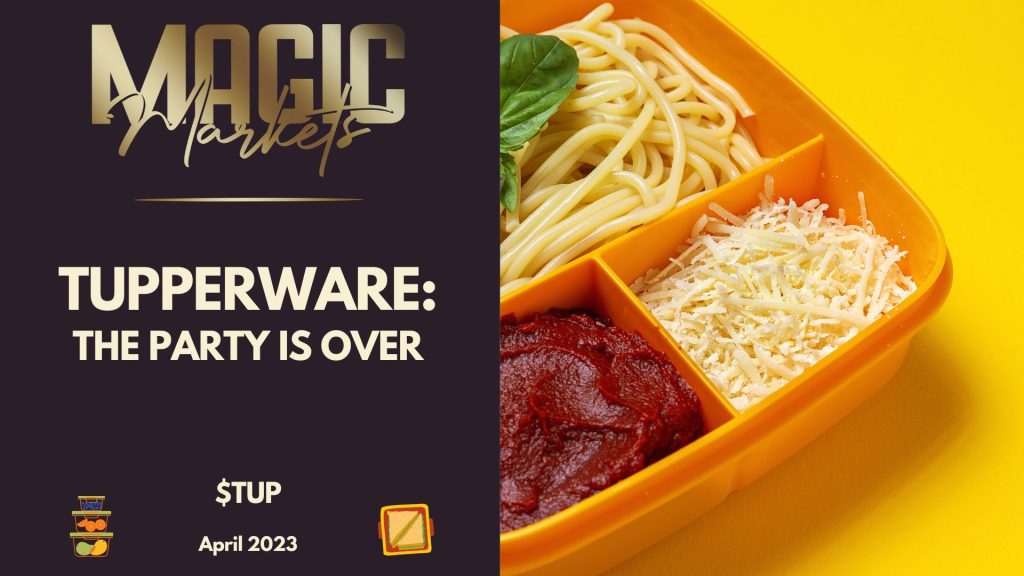More of the same. It can be good. It can be bad. Using examples from the Magic Markets Premium research library, I explain this further.
Imagine this: you visit a new coffee shop for the first time and have the best cappuccino of your entire life. The next day, you revisit the coffee shop, hoping for a similarly good experience, only to find that the entire menu has been changed.
“Keep on keeping on”: a business strategy
The cappuccino is still there and is just as good, but now it’s called an “extra-tall espresso with foam” and it costs R1 more than before. Alright, you might think, it’s a little strange but at least the product is still good.
You return the next day to find that all of the waiters have been replaced by AI-enhanced serving trolleys. The coffee is still excellent though, so you come back on the fourth day, only to discover that the coffee shop is now a mobile cart and they only accept payment in Bitcoin.
Would you go back to see what surprises await you on the fifth day?
Running a business means eternally see-sawing between keeping your customer base engaged and interested, and offering something that they can rely on. Consistency is more than a buzzword here: it’s one of the most basic things that your business needs to master in order to gain the trust of its customers (not to mention investors and shareholders). Nobody likes a rollercoaster. Well, except swing traders.
Does that mean that consistency is the opposite of innovation? It doesn’t have to be. As with all things in business, success is often found in those tricky grey areas between two extremes.
Our Magic Markets Premium research library is full of examples of businesses that have innovated themselves out of the game – but there are also those who have stagnated beyond relevance. Consistency is as important to a business as water is to human being’s survival.
Just remember that too much water can still drown you.
If it ain’t broke, don’t fix it
One example of consistency done right comes from our very recent recap report on Visa.
Visa goes beyond being just a card in your pocket. Behind the scenes, it operates a massive global payments network, enabling the card to function worldwide. The farther the money travels, the more revenue the network generates. This is why Visa benefits greatly from cross-border travel and has been likened to having a royalty on global trade.

Its robust business model is widely recognised, and its valuation reflects that strength.
Here a strong case is made for consistency. Visa has a focused management team, a strong brand and most importantly, a product that addresses a need that consumers will always have. So while innovations are coming down the pipeline – think AI and the clever Visa+ concept – there’s really not that much left for the Visa team to do other than to keep this ship on course. This is what they do best, unlike Hasbro (covered in the same recap show) that is in the midst of a turnaround strategy.
The dangers of falling asleep at the wheel
Of course, there’s always the danger of being too consistent, as illustrated particularly well by our recent report on Tupperware.
The ultimate irony is that it is the longevity of the Tupperware brand that is working against it here. The older a company gets, the more challenging it becomes to think creatively and adapt. Keeping up with the changing times requires constant innovation, and once a company falls behind the curve, it seems almost impossible that they will catch up.

The pandemic presented a prime opportunity for Tupperware to innovate. Its traditional distribution model – those iconic Tupperware parties – came to an abrupt halt, as even the most determined sales representatives would struggle to get people to attend socially distanced Tupperware parties while wearing masks. The brand needed to embrace digital platforms swiftly, a move that should have been made at least a decade ago.
And that is exactly the point where the slow-acting chickens came home to roost.
The brand’s failure to innovate earlier has left it struggling to navigate the digital landscape and compete effectively with newer, more agile companies. Tupperware’s longevity and adherence to its traditional methods have become significant obstacles in an era where rapid change and innovation are key.
To regain relevance and capture new markets, Tupperware must now make a concerted effort to overhaul its business model. This means leveraging digital platforms, investing in e-commerce capabilities, and adopting a more dynamic approach to marketing and sales.
Sadly, it also means hiring advisors to help it survive. The brand is good. The business model isn’t.
With well over 80 research reports on global stocks available in the library, a subscription to Magic Markets Premium for just R99/month gives you access to an exceptional knowledge base that has been built since we launched in 2021. Now that’s what we call the right kind of consistency!
There is no minimum monthly commitment and you can choose to access the reports in written or podcast format – whatever floats your boat. Sign up here and get ready to learn about global companies>>>




Why don’t you guys do a monthly top 10 list that you are personally invested in. It can be 5 each as an example. It is goog to subscribe to your research, but where are you invested.